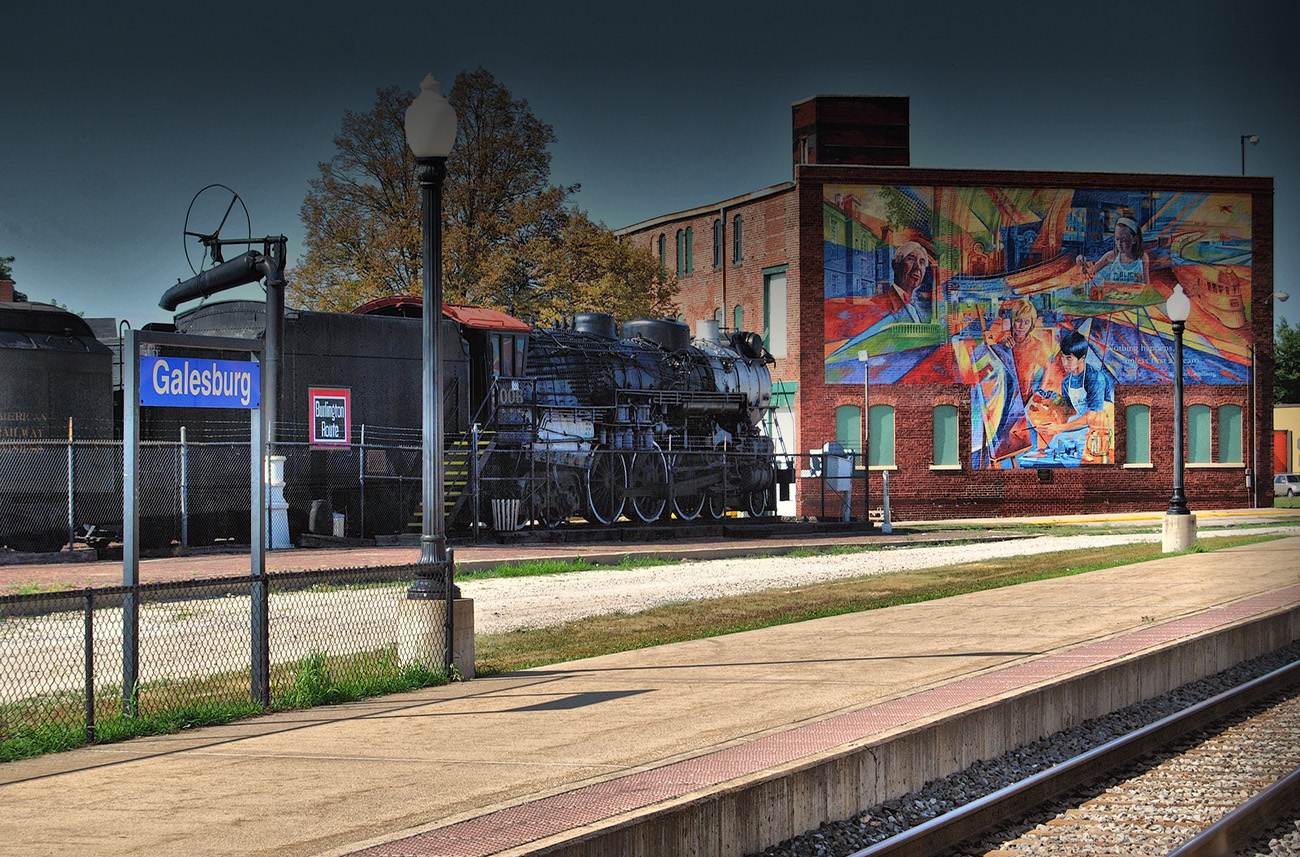Lincoln, Nebraska: The junction of trains and tradition
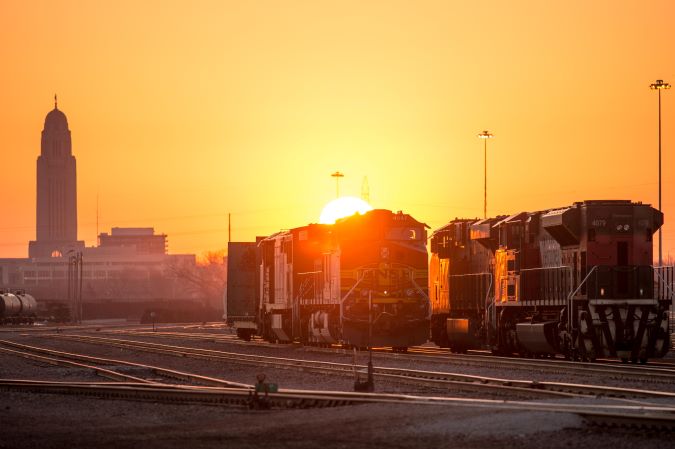
In Lincoln, Nebraska, visitors are welcomed by enthusiastic Cornhusker football fans, a booming agriculture industry and the echo of a BNSF locomotive’s horn. In this city of over 200,000, BNSF’s tracks and people have a long history of connecting the southeastern part of the state to the rest of the continent.
The roots of Lincoln, the state capital, and the railroad took hold following the end of the Civil War, when railroads raced west across the Great Plains chasing economic development and market expansion. Progressing through this race was a BNSF predecessor, the Chicago, Burlington & Quincy Railroad (CB&Q or Burlington Route), which reached Lincoln through one of its predecessors, the Burlington and Missouri River Railroad (B&MR), in 1870.
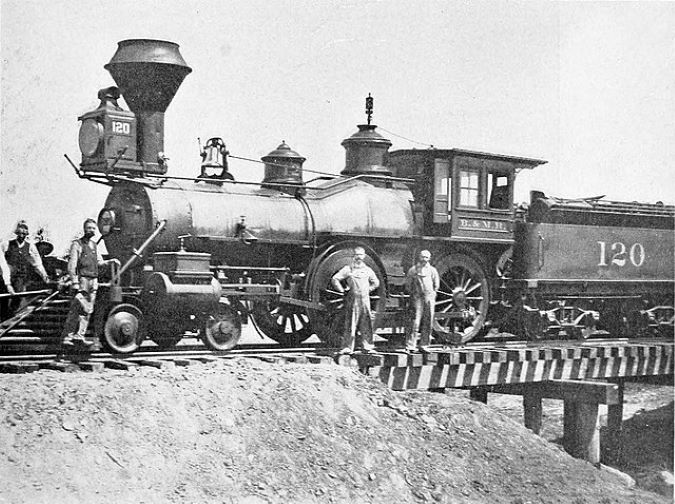
The arrival of rail to this part of the state during the Gilded Age brought the promise of growth for the developing town of Lincoln. By 1882, the CB&Q had reached Denver, making Lincoln a key location across the growing network for both the coal and agricultural industries, goods that could now be moved in any direction to the rest of the country.
The CB&Q advised prospective Lincoln settlers to farm alfalfa as a commercial crop in the prairie environment in 1875. Today, Nebraska continues to rank among the top alfalfa-producing states.
Nearing the turn of the century, the railroad’s presence in Lincoln expanded even further. Hobson Yard was constructed on the western edge of town to accommodate the growing number of trains – passenger and freight -- arriving and departing from the city. Lincoln’s central location in the U.S. made it ideal for freight distribution across the network, then and now.
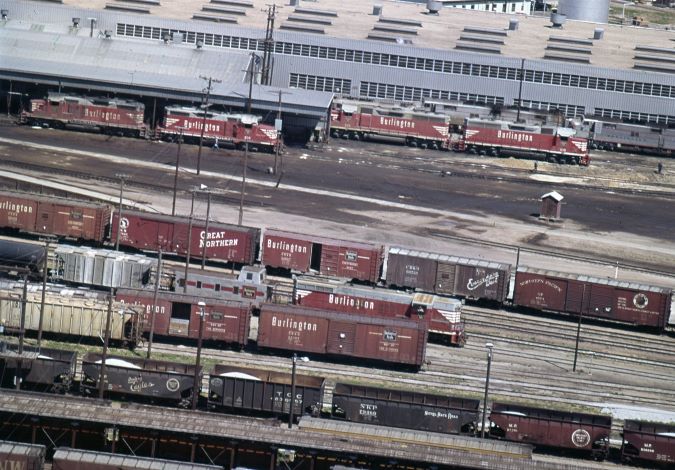
Operations in Lincoln span the city; northeast, the Havelock neighborhood plays a key role in BNSF operations with its additional locomotive and mechanical shops. These were built to support the Lincoln terminal in 1891 by the CB&Q, but in 1978 the facility was converted to a wheel plant to build wheelsets for railcars. Still in operation, the Havelock wheel plant is the last of its kind among all Class I railroads.
Much to railfans’ enjoyment, many trains entering Lincoln travel through the heart of the city, the area known as the “Haymarket,” the name of which comes from Lincoln’s trade history. The Haymarket was originally designed as a downtown market square and used as an open-air market for produce and livestock. The former agricultural hub honors its railroading heritage with a locomotive display and sculptures.
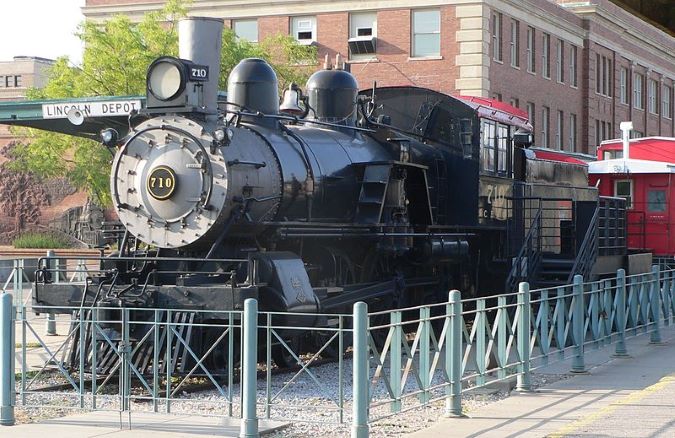
The Haymarket district isn’t the only place in Lincoln that you’ll find homage to the town’s railroading roots. The Lincoln Children’s Museum fosters an interactive relationship with the city and BNSF.
“Kids love trains – and BNSF has been a staple of the museum in support of helping local kids learn about the railroad,” said Ken Dobbs, chief development officer at the museum.
The museum is home to an interactive train exhibit that allows kids to assume the role of a train crew, complete with costumes and a train horn while learning about the history of the railroad in Lincoln.
“Being able to play a conductor or engineer, the kids learn about the role railroads play in the larger economy and right here in Nebraska,” Dobbs explained. The museum also hosts a week-long summer camp focused on the railroad.
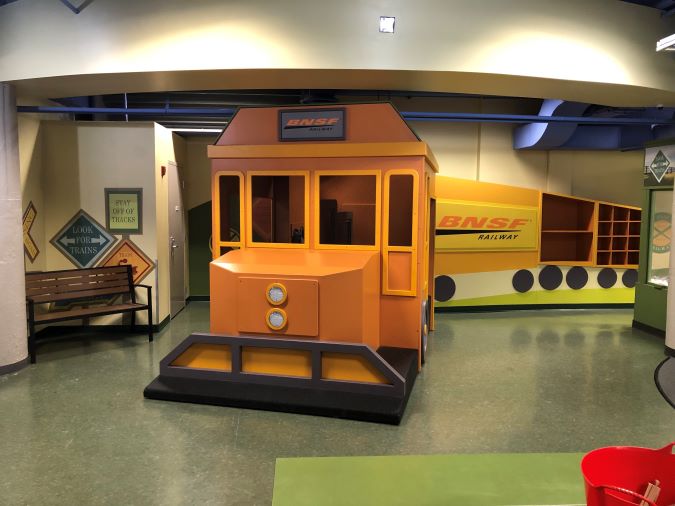
Today, Lincoln is still bustling with freight ready to be delivered locally and across the nation. Helping to keep Lincoln’s 1,000 cars-a-day and crew of more than 500 employees on the move is Joshua Pope, terminal superintendent.
“From the local grain elevators we service, to our important location for coal distribution, to accepting the freight that larger terminals may not have the capacity to process, the Lincoln terminal touches all types of freight,” Pope explained. “The word ‘no’ is not a part of our vocabulary here when it comes to service.”
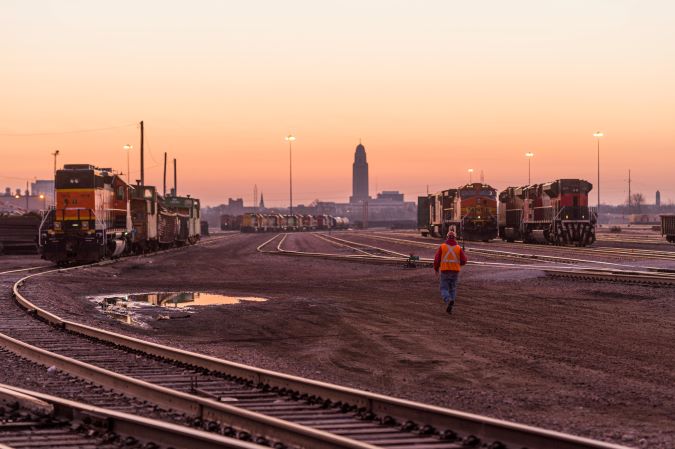
Though the types of freight that rail carries have changed throughout the years, BNSF is equipped to grow with the nation’s supply chain. At the forefront of all operations is our commitment to safety. Last year Lincoln was the top BNSF classification yard for on time departures and maintained an impeccable safety record.
“I’m so proud of the Lincoln Terminal, part of the Heartland Division, where ‘One Team, One Common Goal’ is more than just a slogan,” said Pope. “It’s clearly visible in everything we do.”
